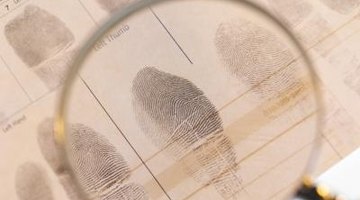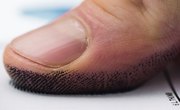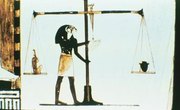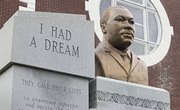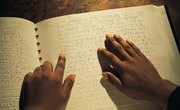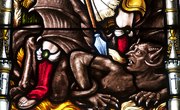British scientist Sir Francis Galton is often credited with the discovery that everyone's fingerprints are unique and that they could therefore be used for identification. However, Galton's work is extensively based on the work of Dr. Henry Faulds, who appears to have a better claim to the discovery, along with British magistrate William Herschel.
The Handprint Signature
In 1858, William Herschel, a British magistrate in India, started asking native Indians to make a palm print on contracts. His intention was to frighten them and prevent them denying they had signed the contract. As his collection of prints grew he became convinced that each person's prints were unique.
Faulds' Misfortune
In 1880, Dr. Henry Faulds, a British surgeon in Tokyo, published an article on fingerprints and their potential usefulness in identifying individuals in the scientific journal "Nature." Faulds' study was the source of a feud between him and Herschel over who had made the discovery first. In addition, Scotland Yard rejected Faulds' theory. The work of Francis Galton added fuel to this feud over fingerprinting.
Galton's Claim
Faulds sent his research findings to Charles Darwin, who passed them on to Francis Galton. In 1888, Galton published a paper on fingerprinting that essentially used Faulds' findings plus his own research. Galton didn't acknowledge Faulds' contribution, and indeed tried to claim that Herschel made the original discovery until Herschel publicly confessed that this was a lie. Faulds was so incensed by his treatment by both Herschel and Galton that he challenged them to a fist fight.
Related Articles
References
Writer Bio
Based in London, Eleanor McKenzie has been writing lifestyle-related books and articles since 1998. Her articles have appeared in the "Palm Beach Times" and she is the author of numerous books published by Hamlyn U.K., including "Healing Reiki" and "Pilates System." She holds a Master of Arts in informational studies from London University.

